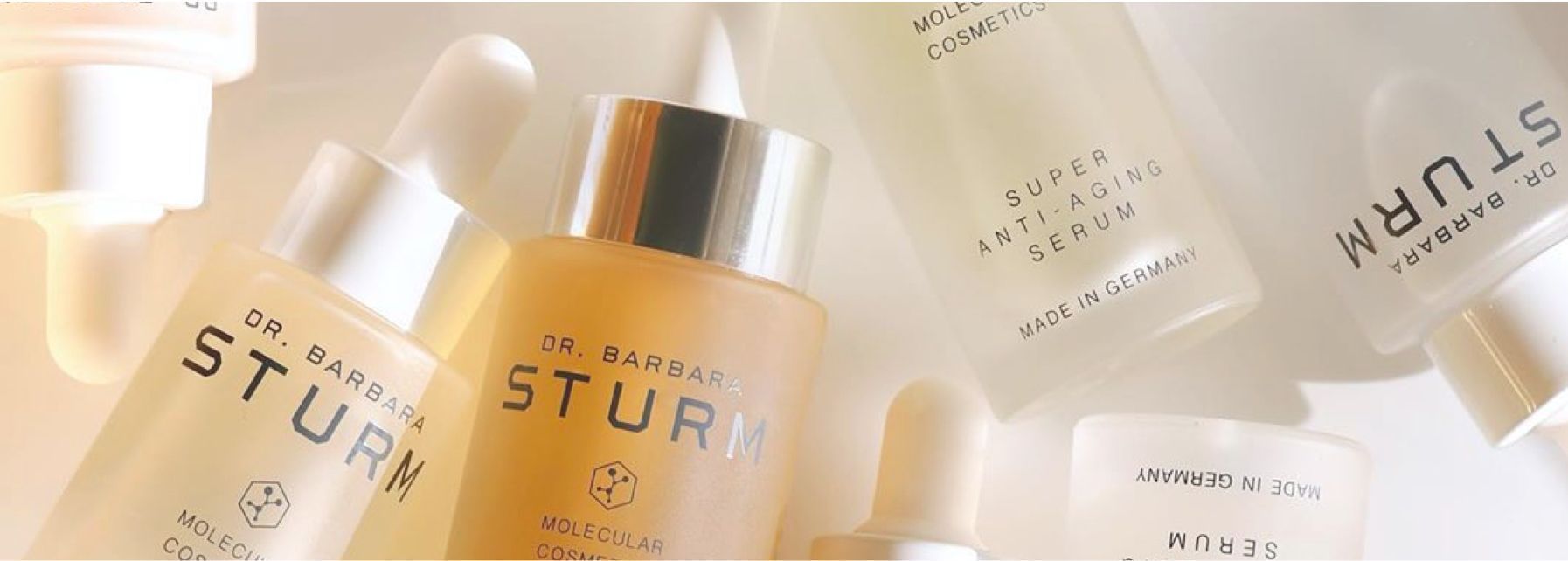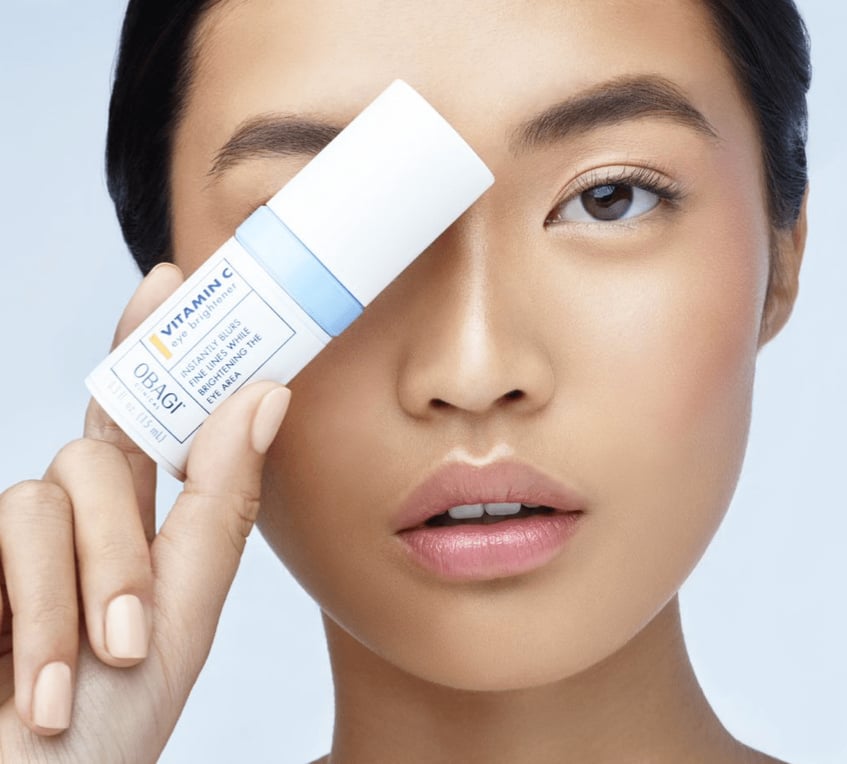What are Facial Serums?
What do serums do? Face serums often provide a lightweight way to manage specific skin concerns and give a natural, luminous glow. They can penetrate deeper than many other skincare products and typically have a higher concentration of active ingredients (such as hyaluronic acid, glycolic acid and vitamin C) than most moisturisers.
So, what does a serum do for your face? If you are looking to target fine lines, pigmentation, or other concerns then a serum with a specific formula could be a better option, in many cases, than a more generalised moisturiser that helps to lock in other products and seal in hydration.
Different Types of Facial Serums
There are various types of face serums with individually tailored formulas for many different skin types – from face serums for glowing skin to serums for skin texture. Knowing what each face serum offers is the first step to selecting the ideal one for you.
Designed to target the visible signs of ageing, such as fine lines and wrinkles, these serums promote collagen production for plumper, firmer skin. Often with active ingredients, like anti-oxidants that protect against free radicals, anti-ageing serums are ideal for those who want to achieve a more youthful look with even skin texture and tone.
Renowned for its robust antioxidant properties, vitamin C helps mitigate the effects of free radicals, which are unstable atoms in the body that can cause damage to the skin.
It can also assist in combatting oxidative stress induced by environmental aggressors such as UV radiation and pollution, vitamin C can boost skin’s radiance and reduce pigmentation. It has a wealth of positive effects to help brighten and lift the skin’s appearance, these serums can help bring back a natural vitality to lacklustre skin.
Removing dead skin cells, exfoliating serums can help with dullness and can improve skin texture. Often containing alpha-hydroxy acids (AHAs) or beta-hydroxy acids (BHAs), they can rejuvenate skin for a fresher, more vibrant look.
Assisting with the visible appearance of fine lines and wrinkles, exfoliating serums may help with a more youthful and even appearance. Offering an alternative to manual exfoliators, they can be easily added to your skincare routine.
Giving your skin an extra boost of hydration, hydrating serums are ideal for dry skin that requires that extra bit of care and attention. Often used alongside moisturisers to lock in nourishment; they replenish skin and reduce flakiness.
Tired, dehydrated skin can benefit from extra moisturisation with ingredients such as hyaluronic acid: one of the most hydrating ingredients used within skincare products, it draws moisture into the skin and holds it there, easing dry, flaky skin.
Packed with many extracts and antioxidants, like vitamin E and vitamin C, brightening serums not only give a natural glow but can also help target dark spots and uneven skin tone for rejuvenated, healthy skin.
One of our favourite brightening serums is the MZ Skin Brighten & Perfect 10% Vitamin C Corrective Serum which helps to reinvigorate dull skin. It works to fade dark spots, plump the skin and create a gorgeous, glowing complexion.
Whilst most skincare products take a reactive approach to fight breakouts, serums designed for blemish-prone skin take both a proactive and preventative approach: preventing the build-up of bacteria that lead to blemishes, as well as helping in treating current breakouts.
With micro-ingredients that go beneath the skin’s surface and help unclog pores, they go beyond what many creams can do, and help reduce inflammation. Niacinamide and salicylic acid are key ingredients when exfoliating the pores for smoother, clearer skin.
Designed to target the visible signs of ageing, such as fine lines and wrinkles, these serums promote collagen production for plumper, firmer skin. Often with active ingredients, like anti-oxidants that protect against free radicals, anti-ageing serums are ideal for those who want to achieve a more youthful look with even skin texture and tone.











